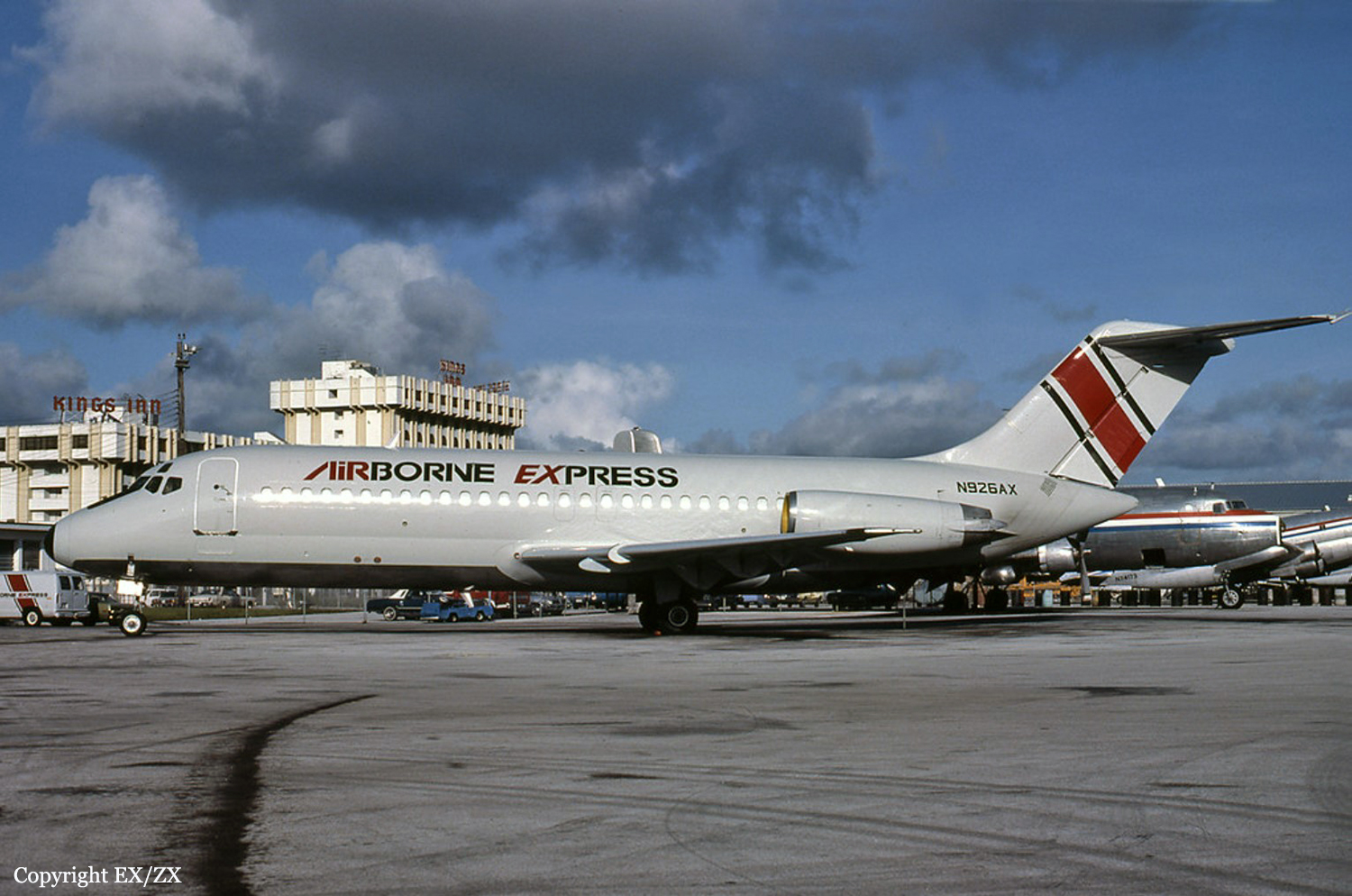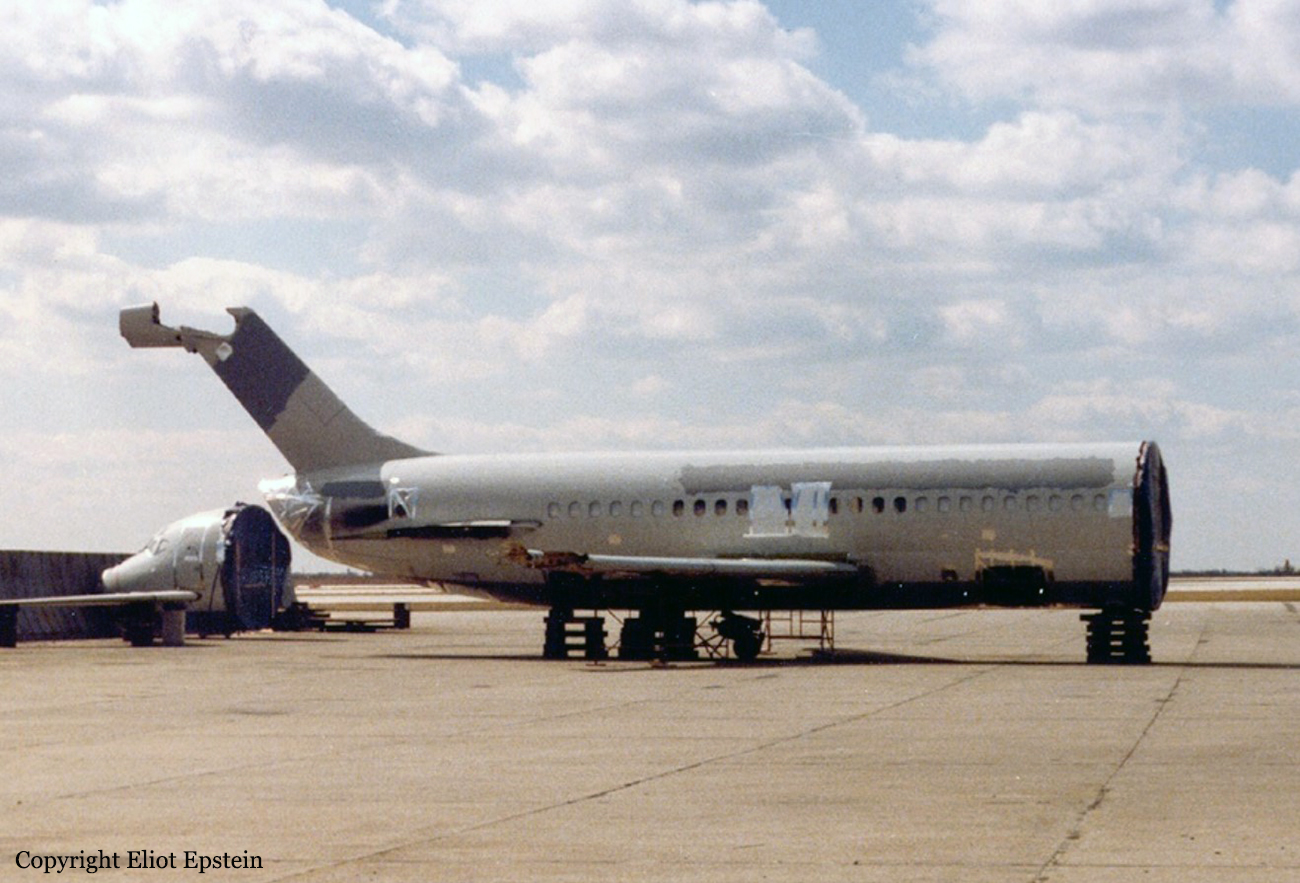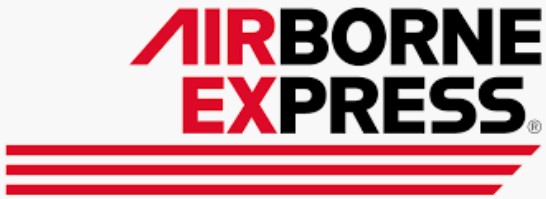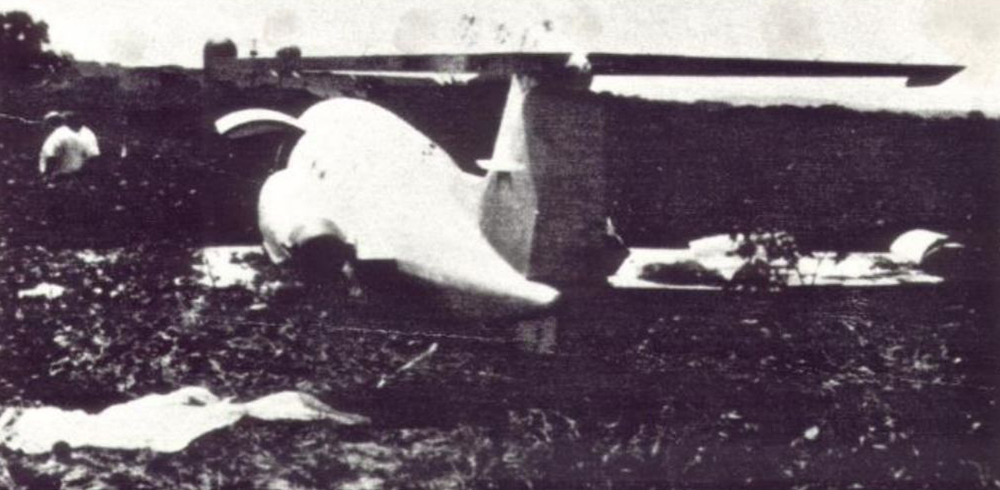Crash of a Douglas DC-9-15 in Philadelphia
Date & Time:
Feb 6, 1985 at 2351 LT
Registration:
N926AX
Survivors:
Yes
Schedule:
Philadelphia - Wilmington
MSN:
47002
YOM:
1967
Crew on board:
2
Crew fatalities:
Pax on board:
0
Pax fatalities:
Other fatalities:
Total fatalities:
0
Captain / Total hours on type:
1800.00
Circumstances:
After landing, the aircraft was parked on the ramp for approximately 39 minutes to load cargo. During that time, light freezing drizzle was falling, intermittently mixed with ice pellets and snow. The crew checked the aircraft surfaces from the cockpit and entry door, but observed no ice or snow adhering to the tops of the wings, nose section, windshield or above the door. The captain declined an offer to de-ice, two other aircraft were being de-iced. The takeoff was normal (18° nose up attitude) until just after lift-off, then the aircraft entered an uncommanded left roll and both engines compressor stalled. The captain corrected with left aileron and rudder, then began aborting the takeoff. The aircraft touched down left of the runway on the tail skid and right wing tip, approximately 5,600 feet from the threshold and on a 070° heading. It then traveled another 2,025 feet in a sweeping right arc, hitting 2 runway signs and came to rest heading west with the right pylon bent down. Investigations revealed a thin layer of ice (est 0.15 inch thick) would have been on the wings, raising the aircraft's stall speed. When DC-9-15 aircraft stall, engines are susceptible to compressor stalls.
Probable cause:
Occurrence #1: loss of control - in flight
Phase of operation: takeoff - initial climb
Findings
1. (f) weather condition - rain
2. (f) weather condition - snow
3. (f) weather condition - icing conditions
4. (f) light condition - dark night
5. (c) wing - ice
6. (c) ice/frost removal from aircraft - not performed - pilot in command
7. (f) visual/aural detection - pilot in command
8. (c) stall - inadvertent - pilot in command
----------
Occurrence #2: loss of engine power (total) - nonmechanical
Phase of operation: takeoff - initial climb
Findings
9. Aborted takeoff - initiated - pilot in command
----------
Occurrence #3: in flight collision with terrain/water
Phase of operation: takeoff
----------
Occurrence #4: on ground/water collision with object
Phase of operation: other
Phase of operation: takeoff - initial climb
Findings
1. (f) weather condition - rain
2. (f) weather condition - snow
3. (f) weather condition - icing conditions
4. (f) light condition - dark night
5. (c) wing - ice
6. (c) ice/frost removal from aircraft - not performed - pilot in command
7. (f) visual/aural detection - pilot in command
8. (c) stall - inadvertent - pilot in command
----------
Occurrence #2: loss of engine power (total) - nonmechanical
Phase of operation: takeoff - initial climb
Findings
9. Aborted takeoff - initiated - pilot in command
----------
Occurrence #3: in flight collision with terrain/water
Phase of operation: takeoff
----------
Occurrence #4: on ground/water collision with object
Phase of operation: other
Final Report:



